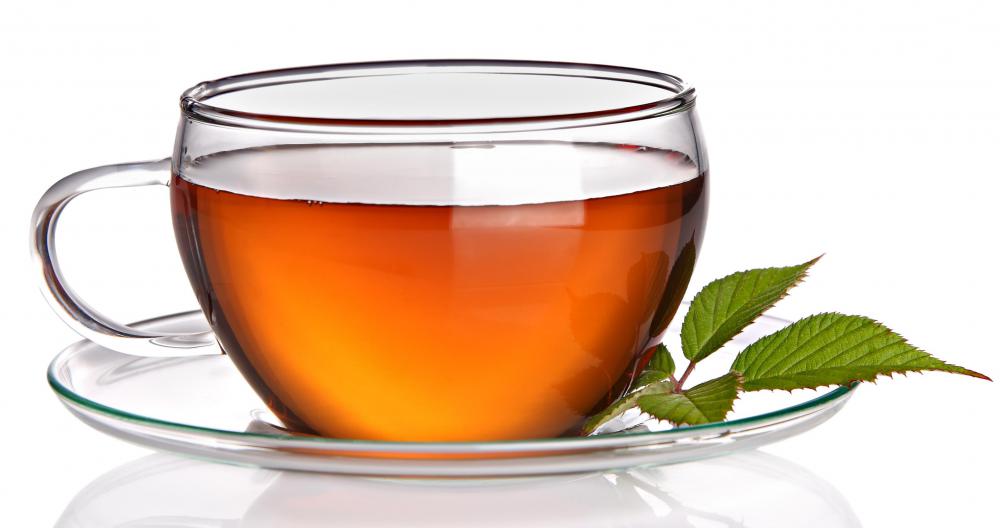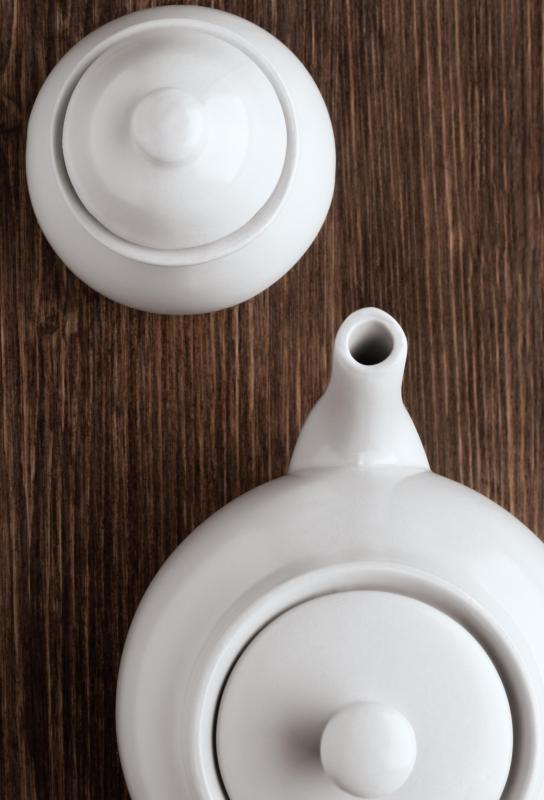At DelightedCooking, we're committed to delivering accurate, trustworthy information. Our expert-authored content is rigorously fact-checked and sourced from credible authorities. Discover how we uphold the highest standards in providing you with reliable knowledge.
What are Tisanes?
Simply put, tisane is a fancy word for "herbal tea." Actually, tisane (also, “ptisan”) is the better and more accurate term because most herbal "teas" by definition contain no actual leaves from the tea bush. Typically, they are made by mixing any number of dried flowers, such as chamomile or jasmine blossoms; seeds; plant roots; and spices, such as cinnamon — the combination possibilities are endless.
The word tisane comes from the Greek word ptisanē, referring to crushed barley, a reference to a drink made from crushed pearl barley. Today, this takes the form of the British barley water, a derivative tisane.

Whether it’s a matter of tossing a handful of chamomile blossoms into a pot of hot water to brew a tummy soother or working out an elaborate concoction of herbs selected for phytonutrient nuances, tisanes have been popular staples in the kitchen and infirmary for centuries.
Because they do not contain any actual "tea" leaves, tisanes do not have caffeine. Tisanes are generally made from fresh or desiccated plant components such as leaves, flowers, crushed seeds, roots, hips, fruit, or stems. The plants and herbs used in tisanes may be selected for either flavor or homeopathic properties, or a combination of both. Culinary herbs such as rosemary, mint, sage, and thyme are frequent components of tisanes.

Tisanes are prepared in much the same way as teas are. Near-boiling water is poured over the plant material in a vessel such as a teapot or mug and left to steep until the desired concentration is achieved. Usually, this takes about five minutes. Permeable muslin or paper tea bags or metal tea balls or tea spoons can be used to contain the plant materials if desired. Otherwise, the tisane can be strained prior to serving. The tisane may be sweetened if preferred and can be served either hot or cold, over ice.

Tisanes can be prepared from one type of plant or herb or a combination of several complementary components, depending on the desired result and flavor. A good rule of thumb is that one teaspoon of dried herbs is equal to one tablespoon of fresh herbs. Some common goals and their complementary tisanes, include:
- To invigorate: rosemary, rosehip, lemon verbena, peppermint, borage
- To calm: chamomile, lavender, basil, dill, orange peel
- To relieve a sore throat or head cold: elderberries, rosehips, peppermint, sage, cayenne
- To treat a cough: thyme, rose petals, eucalyptus, linden, licorice
- To soothe an upset stomach: ginger, peppermint, lemon balm, chamomile
- To ease a headache: rosemary, willow bark, peppermint

It should be noted that all herbs and many plants contain substances that may cause undesirable side effects or interact with medications. Some can even cause more serious problems, such as liver damage. Anyone interested in experimenting with the health-promoting properties of tisanes should do so only with a health care professional's advice.
AS FEATURED ON:
AS FEATURED ON:


















Discussion Comments
Just breathe more. That's why yoga works. Do breathing exercises.
Is there a herb for oxygenating the blood?
Post your comments